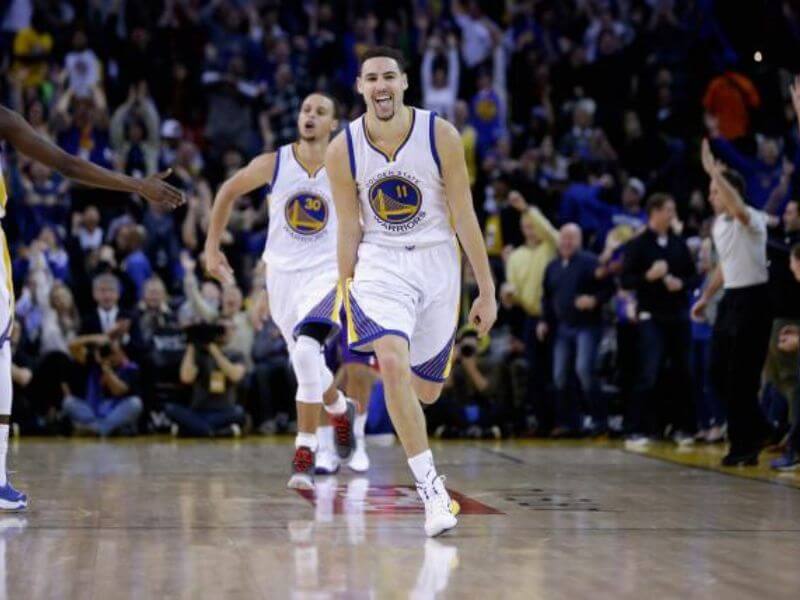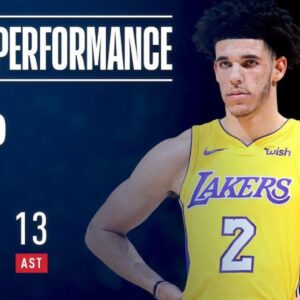How many d1 basketball teams are there? The NCAA Division 1 basketball is one of the most anticipated tournaments in the United States, featuring the best teams from different states. It is also known as NCAA March Madness. Read on below to know how many Division 1 basketball teams are there in the current format and how they qualify for the tournament.
Match Madness is a highly-competitive single-elimination tournament that has existed for over 50 years. It has produced some of the most elite and talented college basketball athletes who won the championship before concurring the NBA. So, how many Division 1 women’s basketball teams are there?
History of Division 1 basketball
Ohio State’s head coach Harold Olsen organised the first-ever men’s NCAA Division I tournament in 1939. It began with only eight participants, with the Oregon Ducks winning the first competition. The number doubled to 16 in 1951 before expanding to 64 in 1985.
The men’s Match Madness has 68 teams. The number rose from 64 to 65 after the Mountain West Conference joined the NCAA Division I tournament. Three more sides joined in 2011, making it 68. It is one of the most-watched sporting events in 2023.

Who can make the tournament?
The competition comprises 32 winners of the basketball conferences, who earn an automatic qualification, and 36 others picked by the selection committee. The 64 participants are seeded and grouped into four regions; the East, West, Midwest, and South. Winners of each group proceed to the semi-final, and then the last two play the final to determine the champion.
353 Total NCAA Division 1 Basketball Teams
These 353 teams are broken up in 32 total conferences with an average of 11 teams per conference playing to both win their conference regular season championship – an honor given to the team with the best in-conference record at the end of the year – and to try and win their conference tournament championship for a trip to the “Big Dance”, the NCAA Tournament. NCAA basketball has come a long way from their first season in 1924, when there were only 8 conferences total!
Let’s take a brief trip down memory lane, shall we? I want to take a look at the number of conferences at the beginning of each decade to show you the rapid growth of the sport over the years. Keep in mind, the first year of NCAA Men’s Division 1 Basketball was 1924
One of the most attractive aspects NCAA Division 1 Basketball that draws in so many fans is that each of the 351 teams has a chance at making the NCAA Tournament at the beginning of each year. Yeah, they may not win it all but how many other college sports give their teams the right to play, and sometimes beat, some of the best teams in the country for a chance to win it all.
NCAA Division 1 Football gives what they call the Power Conferences (5 conferences total) the opportunity to play for a national title.
While it would be next to impossible to list all 351 schools, I still wanted to give you, the reader, a chance to do some research on this topic. So below is a link to each conference homepage, with a list of all of the conference champions from last season, so you can see all 351 of the teams somewhere in there and each respective conference champion.
As we mentioned at the beginning of the piece, the only way for a lot of these teams to make it to the NCAA Tournament is to win their conference tournaments. So while a team like Duke could technically lose their conference tournament, if they still have a good enough year otherwise, the tournament voters can reward them with what is called an “at-large bid” or a spot in the tournament based on the rest of their season resume. This can include different measurable aspects like strength of schedule, key wins, overall wins, etc.
Unfortunately, a team like North Dakota State from the Summit League just isn’t going to have enough opportunity to earn their spot in the tournament through any other way but to win their conference and earn an “automatic bid” which is given to each conference tournament winner prior to the tournament. A lot of teams live by the motto, “win and you’re in”, literally.
How Many Division 1 Basketball Teams Are There in the NCAA?
The NCAA basketball season is fast approaching. In fact, teams already began practice on September 28th and the season tips off on November 6th! As a huge hoops fan, I for one cannot wait for the year to begin. While the beginning of the year is always a great chance to see your favorite team finally back in action, it also gives you a chance to see some of the year’s top contenders for a coveted spot in the Final Four.
Obviously, not every team can make the Final Four, let alone the NCAA Tournament. With only 68 slots reserved for the tournament, there will be a lot of upset teams ending their seasons on a low note. The simple fact of the matter is that Division 1 basketball consists of several hundreds of teams all looking for success on different levels. For some, it may be trying to end the season with a winning record, for others the Final Four is there only measure on whether or not they had a productive season.
But exactly how many Division 1 college basketball teams are there? The number is pretty staggering and even I, as a self-proclaimed die-hard fan, was surprised at the total.
Which college basketball programs made a mistake going to Division I?
The long, national nightmare of February is finally behind us, as we prepare for the madness of March. And what is indisputably the best part of March Madness? It isn’t trying to figure out the winners of the 8/9 games, or trying to guess what underachieving major schools will sleepwalk into an at-large bid. It’s rooting for the overmatched underdog, the plucky 13 or 14 seed who will invariably somehow win a game, making us all frantically google everything we can about Florida Gulf Coast, Bucknell, or Weber State.
Everybody this side of the traditional college powers in Austin, Gainesville, or Columbus would love a chance to be the underdog that captures hearts and minds nationally. It’s a major reason why smaller schools try to join Division I in the first place. Since 2000, 36* schools have either joined Division I or are in the process of joining Division I, per College Basketball Reference. They run the gamut from northeastern to southern, sprawling commuter colleges to small and selective institutions, from urban to rural. That number does not include schools who previously had Division I programs, lost them, and brought them back, like Houston Baptist, or Seattle.
Of course, these schools aren’t likely to compete for national titles, or even come close. They’re schools like High Point, New Jersey Institute of Technology, or North Florida. They aren’t chasing championships, and they aren’t exactly chasing the almighty dollar either. None of these schools are likely to ever turn their athletic department into a pure profit center. According to the most recent USA TODAY budget database, every one of these schools relies on subsidies (either student fees, university fund transfers, state money, or others) to fund at least half of their athletic budgets, and most need at least 75%. That is unlikely to change dramatically.
So why do it? After all, moving to Division I isn’t cheap, and requires a significant amount of institutional investment. Some schools, especially commuter schools, might look for athletics to help improve student life and build a sense of community, something that isn’t easily measured. The most likely reason though, is the hope that a competitive team can provide more tangible results. And nothing can provide those results more than a competitive men’s basketball team.
A school can send all the letters they want to high schoolers, or put up all the billboards, but it’s hard to compete with the sheer volume of advertising that the school can get from making the NCAA basketball tournament. Even some modest athletic success has been shown to correlate with increased alumni engagement, donations, and freshman class size. The team might not necessarily be profitable thanks to ticket sales, hot dogs and t-shirts, but if the school makes the big dance a few times, leading to some higher SAT scores on campus and maybe an uptick in endowment or alumni funds, a school could convincingly argue that the risk was worth it.
Above is information how many d1 basketball teams are there. Hopefully, through the above content, you have a more detailed understanding of how many d1 basketball teams are there .Thank you for reading our post



